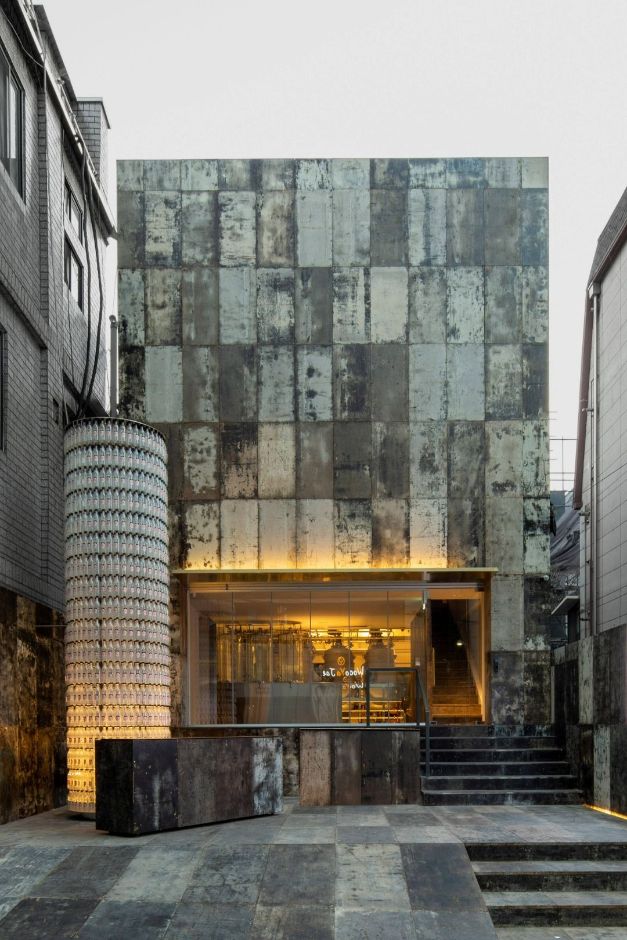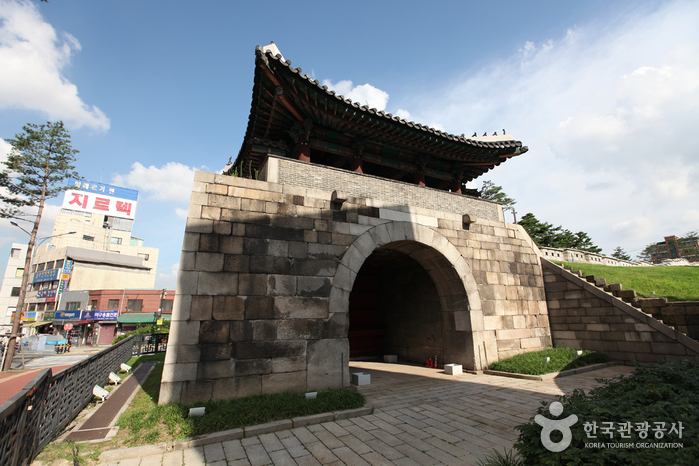Ebookers Korea Inc. ((주)이부커스코리아)
532.7M 2025-07-07
(2nd Floor), 212 Jangchungdan-ro, Jung-gu, Seoul
We strive for a special kind of tourism that combines wellness tourism (healing) and medical tourism (treatment).
We are a Korean wellness and medical tourism company leading the country’s safe and healthy travel culture.
* Products and Services
Wellness medical tourism programs that uniquely combine wellness and medical tourism
Referral and reservation service for selected wellness destinations and Korean hospitals with excellent medical technology
Guidance services provided at local partner companies
Content creation and reservation based on our personalized service system
Convenient tourism programs catering to each patient's health conditions
Medical tourism visa application and referral services on C33VISA site
* A medical tourism product brand
Medi Well Come products: Health checkup / general practice (minor / major / female / preventive / eye problems)
Olive Young - Yaksu Station Branch [Tax Refund Shop] (올리브영 약수역)
574.0M 2024-04-22
189, Dongho-ro, Jung-gu, Seoul
-
Hoopcity Dongdaemun [Tax Refund Shop] (HOOPCITY 동대문)
591.1M 2024-04-18
1F, 324, Toegye-ro, Jung-gu, Seoul
-
Olens - Yaksu Branch [Tax Refund Shop] (오렌즈 약수)
593.3M 2024-04-23
#103, 117, Dasan-ro, Jung-gu, Seoul
-
Queens Bucket - Dongdaemun Branch [Tax Refund Shop] (쿠엔즈버킷 동대문)
597.4M 2024-04-18
5-4, Toegye-ro 64-gil, Jung-gu, Seoul
-
Olive Young - Cheonggu Station Branch [Tax Refund Shop] (올리브영 청구역)
614.5M 2024-04-18
A section of 1F, 168, Dasan-ro, Jung-gu, Seoul
-
Olive Young - CJ CheilJedang Center Branch [Tax Refund Shop] (올리브영 제일제당센터)
622.9M 2024-04-22
330, Dongho-ro, Jung-gu, Seoul
-
Chunpoong Brewery (춘풍양조장)
673.2M 2025-03-14
101-3 Dasan-ro, Jung-gu, Seoul
Chungpoong Brewery, a specialized brewery producing makgeolli, offers brewery tours and tasting sessions, conveying the value of Korean alcohol. Through these programs, the brewery shares Korean liquor culture and provides information about Korean alcohol. Visitors can also enjoy a dining and alcohol experience here.
Gwanghuimun Gate (광희문)
688.6M 2021-02-24
344, Toegye-ro, Jung-gu, Seoul
+82-2-3700-3900
Gwanghuimun Gate is said to have been originally constructed in 1396, the 5th year of King Taejo, at the southeast of the capital city. It was often referred to as Sugumun Gate (water channel gate) and was actually used as a Sigumun, literally meaning “corpse gate,” as funeral processions passed through this gate when exiting to the east.
During the Imjin War (1592-1598), the fortress gate was destroyed to such a degree that it made finding the original location close to impossible. Nevertheless, reconstruction efforts were started in 1711 (37th year of King Sukjong) and the gate was restored together with the gate's watchtower. Gwanghuimun Gate remained intact even when the fortress walls were demolished to build tram tracks during the Japanese occupation, but it was later damaged during the Korean War and left neglected. In 1975, restoration work was carried out to relocate Gwanghuimun Gate to a site 15 meters south of its original location since it stood in the middle of the road.

![Olive Young - Yaksu Station Branch [Tax Refund Shop] (올리브영 약수역)](http://tong.visitkorea.or.kr/cms/resource/83/2889583_image2_1.jpg)
![Hoopcity Dongdaemun [Tax Refund Shop] (HOOPCITY 동대문)](http://tong.visitkorea.or.kr/cms/resource/51/2878751_image2_1.jpg)
![Olens - Yaksu Branch [Tax Refund Shop] (오렌즈 약수)](http://tong.visitkorea.or.kr/cms/resource/53/2889253_image2_1.jpg)
![Queens Bucket - Dongdaemun Branch [Tax Refund Shop] (쿠엔즈버킷 동대문)](http://tong.visitkorea.or.kr/cms/resource/47/2878747_image2_1.jpg)
![Olive Young - Cheonggu Station Branch [Tax Refund Shop] (올리브영 청구역)](http://tong.visitkorea.or.kr/cms/resource/39/2878739_image2_1.jpg)
![Olive Young - CJ CheilJedang Center Branch [Tax Refund Shop] (올리브영 제일제당센터)](http://tong.visitkorea.or.kr/cms/resource/75/2878675_image2_1.jpg)


![Olive Mart [Tax Refund Shop] (올리브마트)](http://tong.visitkorea.or.kr/cms/resource/76/2878676_image2_1.jpg)
 English
English
 한국어
한국어 日本語
日本語 中文(简体)
中文(简体) Deutsch
Deutsch Français
Français Español
Español Русский
Русский